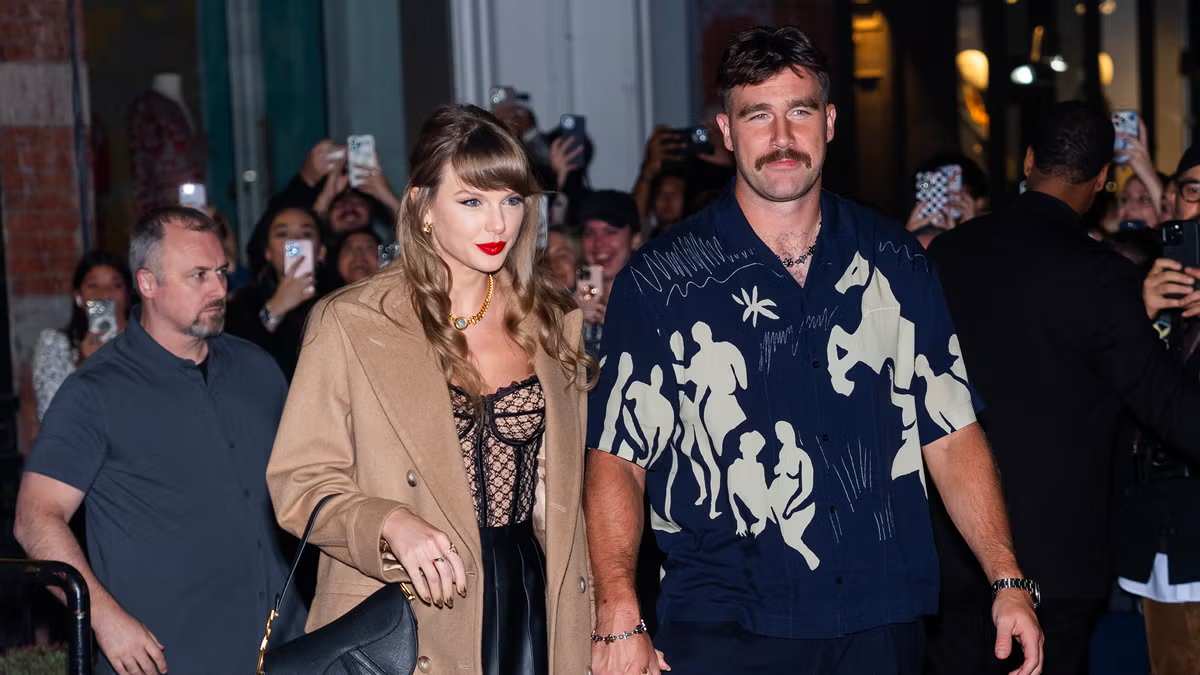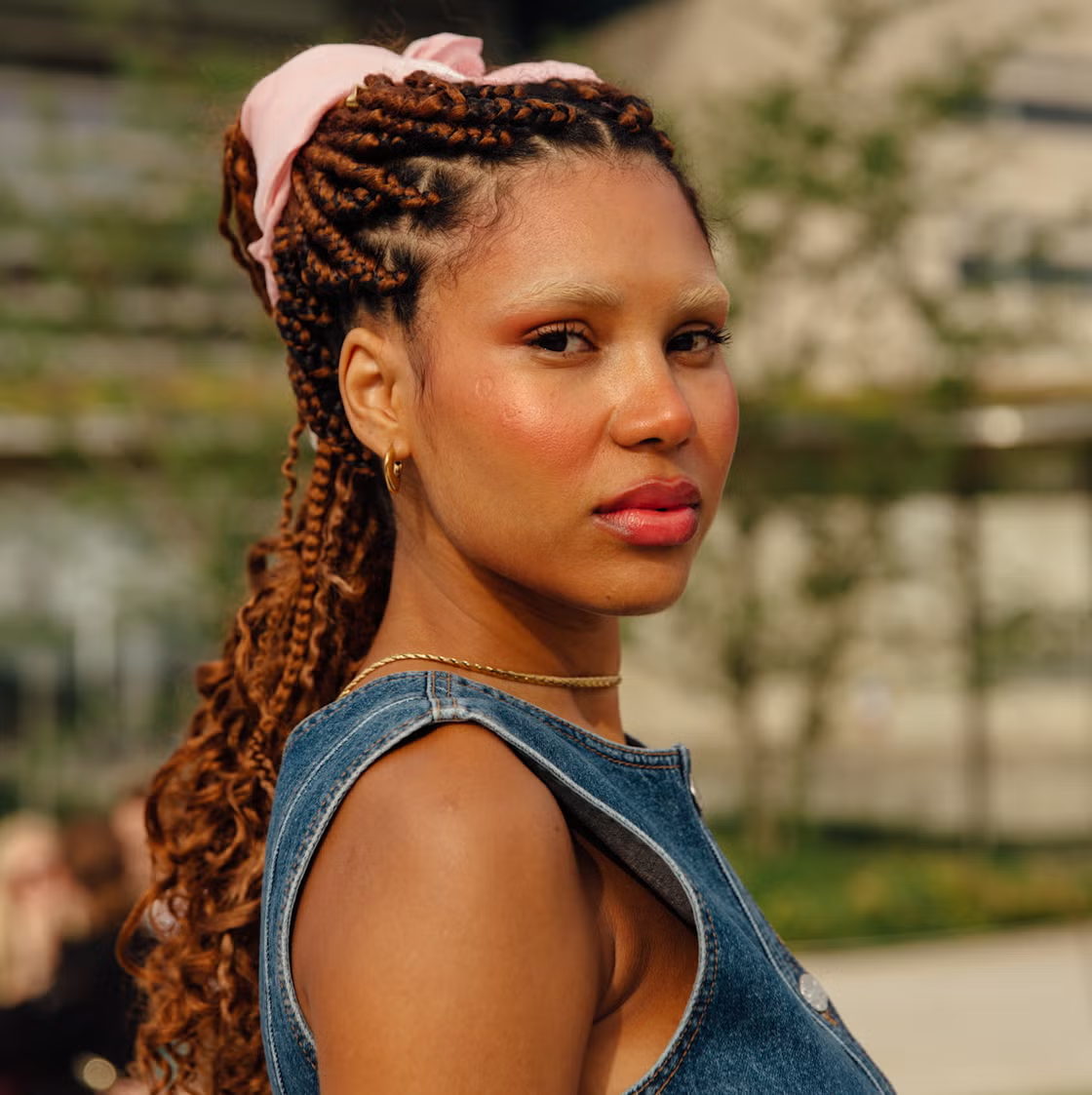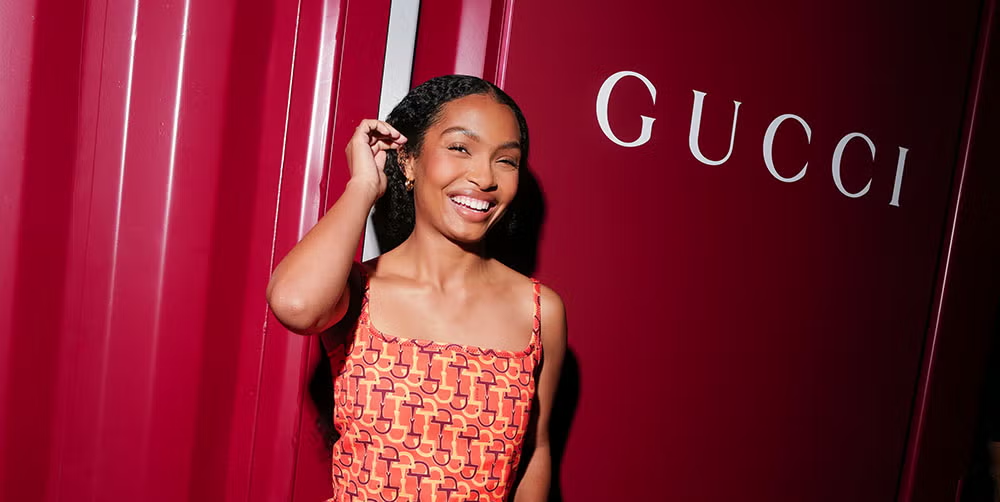There’s been a quiet yet undeniable shift happening in the beauty world. For decades, skincare and self-care centered almost exclusively on the face. Every serum, tool, and trend promised a more sculpted jawline, brighter eyes, or smoother skin from the neck up. But as 2025 unfolds, that attention is traveling downward. The body is finally receiving the same kind of luxurious, high-performance care that the face has enjoyed for years. And this time, it’s not just about aesthetics—it’s about ritual, recovery, and a deeper connection to self.
What was once dismissed as indulgent is now being recognized as intentional. The modern beauty consumer is no longer separating their skincare routine from their bodycare routine. They’re looking for tools and treatments that do more than just moisturize. They want sculpting, toning, smoothing, lifting—and they want results that go beyond a quick fix. Technology that was once reserved for facials is now being redesigned for the neck, shoulders, arms, legs, and everything in between. And the rise of at-home devices is making once-exclusive experiences feel accessible and empowering.
This cultural shift didn’t come out of nowhere. It’s part of a broader move toward treating the body not as something to be hidden or shaped into someone else's ideal, but as something to be understood, supported, and celebrated. Fitness culture, mindfulness, and beauty have collided in a way that places the body at the center of wellness. And with that comes innovation. We’re seeing tools that combine lymphatic drainage with heat therapy, brushes that stimulate circulation while smoothing texture, and devices that replicate the hands of a trained masseuse or aesthetician—all designed with the goal of elevating not just how we look, but how we feel in our own skin.
What’s especially striking about this moment is the blending of science and sensuality. Body tools now aren’t just functional—they’re also beautifully designed, tactile, and often ritualistic in nature. Using them becomes an experience, a daily pause to reconnect with the body and honor it through care. Whether it’s gliding a sculpting wand across your thigh or gently massaging oil into your shoulders with a heated stone, these moments are redefining what beauty routines can feel like. They’re no longer about fixing flaws. They’re about creating space to slow down and listen to what your body needs.
As always, social media has accelerated awareness and curiosity. Influencers and skincare professionals are sharing their body routines with the same reverence once reserved for 10-step facial regimens. Tools are being reviewed, demoed, and praised not just for their aesthetics, but for their effects—reduced puffiness, smoother skin, improved posture, better sleep. The language of bodycare is becoming more informed, more inclusive, and more intuitive. It’s not just about looking snatched in a dress. It’s about showing up in your body with presence and confidence.
There’s also a noticeable shift in the types of materials being used. Brands are turning to metals, stones, and sustainable alternatives that not only perform well but feel good against the skin. Stainless steel, obsidian, rose quartz, and silicone are being sculpted into sleek, ergonomic tools that don’t just work—they last. And because consumers are more educated than ever, they’re demanding transparency. They want to know how the tools work, how often to use them, and what kind of results to realistically expect. It’s no longer enough for a product to look beautiful. It needs to deliver.
Perhaps the most exciting part of this evolution is the message behind it. These tools and treatments aren’t telling people to shrink or smooth themselves into invisibility. They’re encouraging people to touch, care for, and honor their bodies as they are. In a world that often asks us to disconnect, this new wave of beauty is encouraging us to come back into ourselves. To turn bodycare into self-care, and self-care into something sacred rather than superficial.
As we move further into the year, it’s clear that this isn’t just a trend—it’s a transformation. Bodycare is no longer a luxury or an afterthought. It’s becoming a key part of how people approach beauty, wellness, and identity. And the tools leading the charge aren’t just innovative. They’re deeply human. They acknowledge that beauty isn’t just something to be seen. It’s something to be felt, supported, and lived in—every single day.







